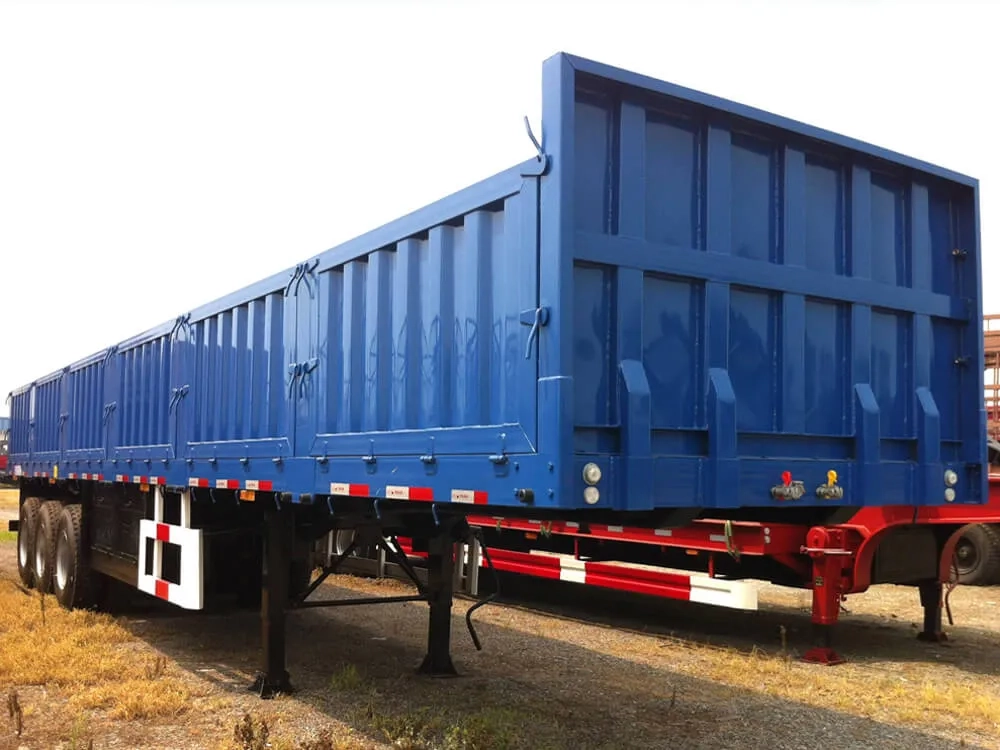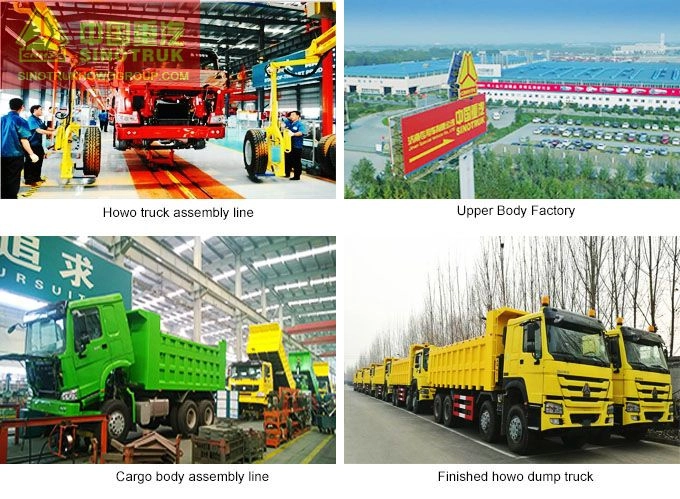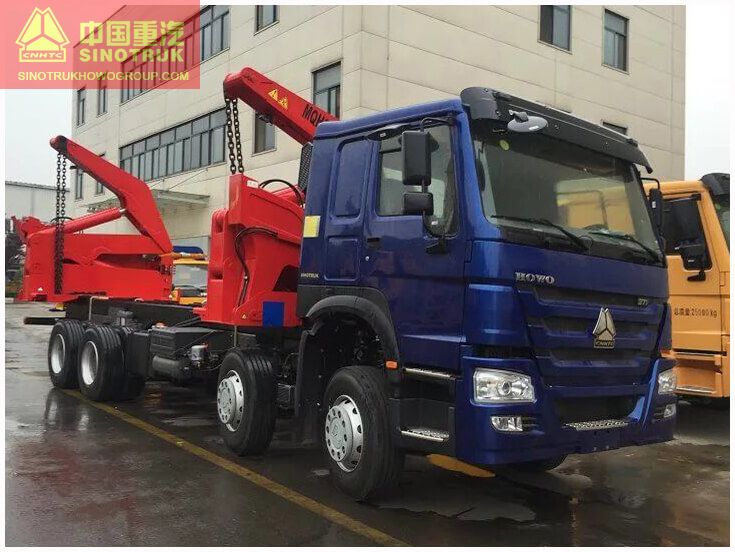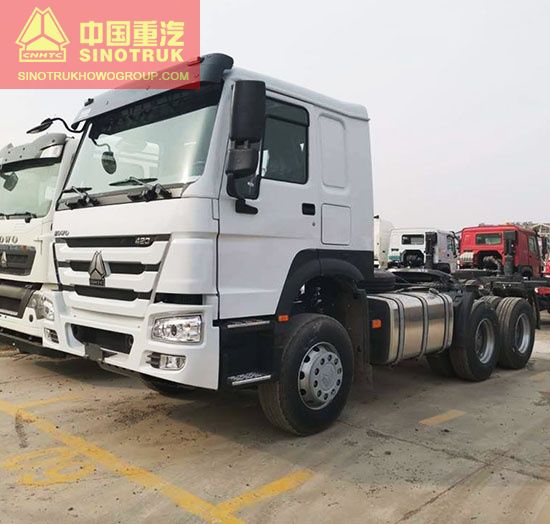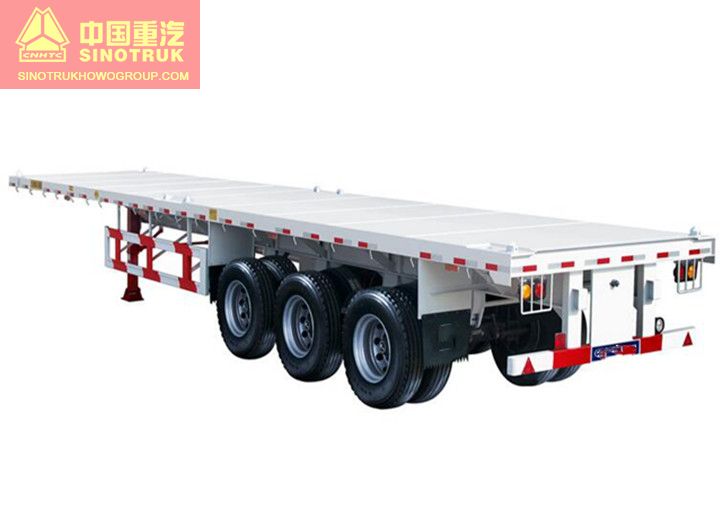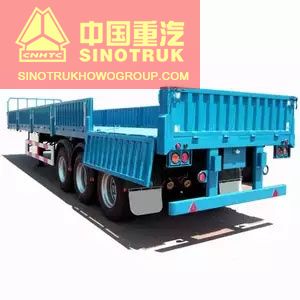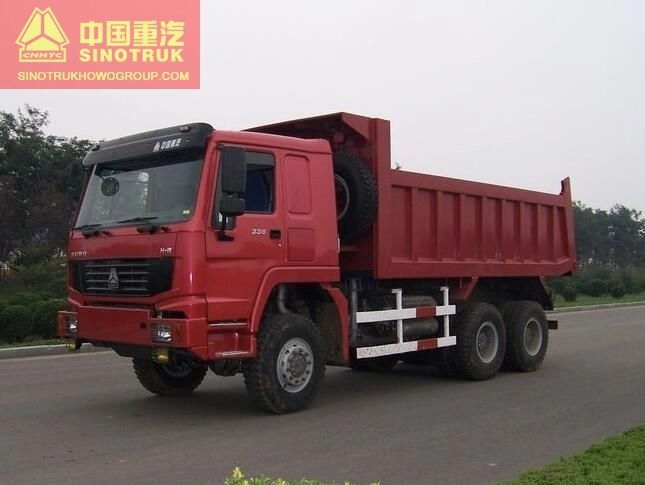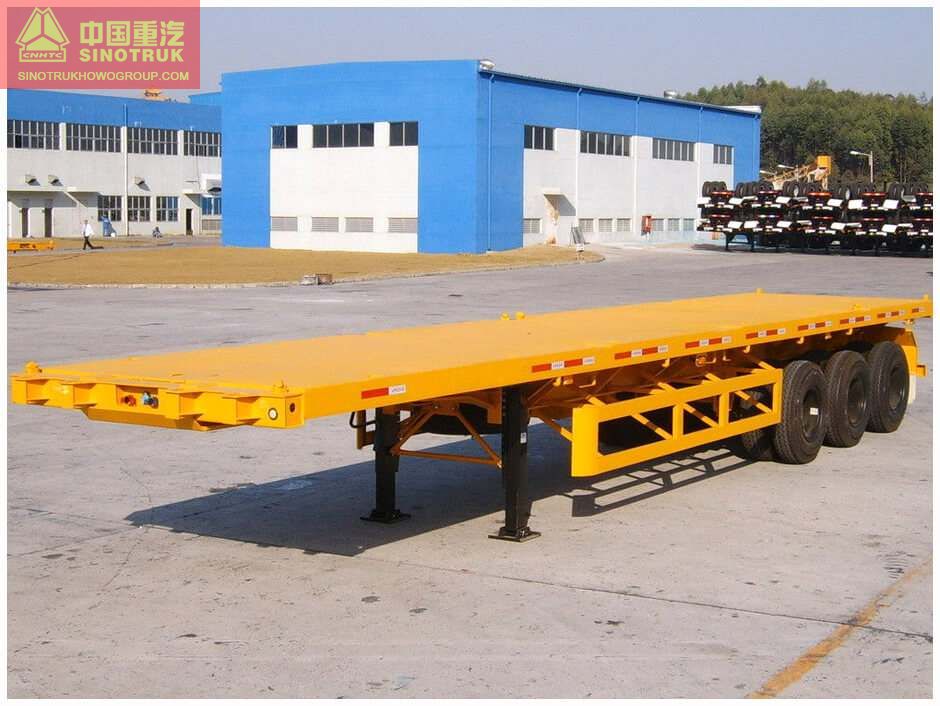semi truck fuel tank capacity,heavy duty truck fuel tank capacity
- Release time:05-07-2024
- Source:Sinotruk HOWO
Catalog overview:
Understanding the Importance of Semi Truck Fuel Tank Capacity
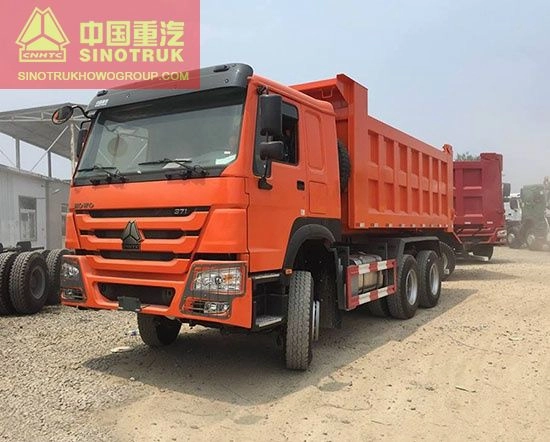
In the world of commercial transportation, a semi-truck's fuel tank capacity is more than just a specification; it's a critical factor that influences the efficiency, range, and overall operational costs of the vehicle. A semi-truck, also known as a tractor-trailer, is a powerful machine designed to haul heavy loads over long distances, and its fuel efficiency is a decisive element in its performance.
The Size Matters: Typical Capacities
Semi-truck fuel tanks can vary greatly in size, usually ranging from 150 to 300 gallons or even more for larger models. For instance, a standard Class 8 truck, the most common type in the US, often has two fuel tanks with a combined capacity around 150 to 200 gallons (567 to 757 liters) (Source: TruckingInfo). This substantial capacity allows these vehicles to travel thousands of miles before needing a refill, crucial for cross-country trips.
Factors Affecting Fuel Tank Size
The size of a semi-truck's fuel tank is influenced by several factors. the truck's intended use—long-haul, regional, or short-haul—dictates the need for a larger or smaller fuel capacity. Long-distance trips require more fuel storage to minimize the frequency of refueling. Second, the truck's engine size and fuel efficiency play a role, as more powerful engines generally consume more fuel. Lastly, regulatory constraints, like weight limits, can impact the size of the fuel tank that can be installed.
The Economics of Fuel Tank Capacity
A larger fuel tank doesn't just mean more miles on the road; it also affects the financial bottom line. With diesel prices fluctuating, having a larger fuel capacity can help operators hedge against price spikes by filling up when prices are low. a bigger tank also adds weight, potentially reducing payload capacity and increasing fuel consumption. It's a delicate balance that fleet managers must consider.
Technological Advancements and Fuel Efficiency
advancements in engine technology have led to improved fuel efficiency, reducing the need for oversized fuel tanks. Features like aerodynamic designs, idle-reduction systems, and advanced engine management software have all contributed to consuming less fuel without compromising performance. This shift has allowed for smaller fuel tanks without sacrificing range.
Balancing Capacity and Efficiency
the fuel tank capacity of a semi-truck is a strategic choice that impacts both operational efficiency and overall cost-effectiveness. It's a balancing act between range, payload, fuel economy, and the economics of fuel pricing. As technology continues to evolve, we can expect further optimization in this area, striking an even better balance between tank size and fuel efficiency. Understanding these dynamics is crucial for truck owners, operators, and fleet managers to make informed decisions and run their operations smoothly.
heavy duty truck fuel tank capacity
Understanding Heavy Duty Truck Fuel Tank Capacities
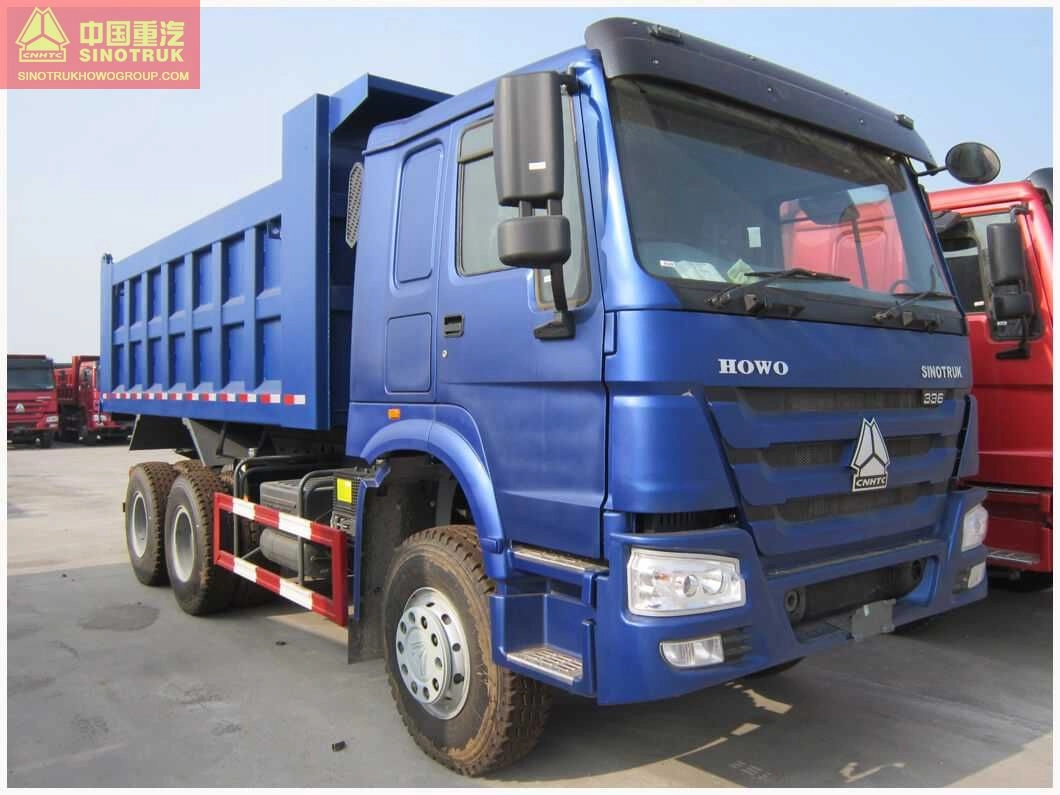
In the world of transportation, heavy-duty trucks play a pivotal role, often covering long distances and carrying massive loads. A crucial aspect of their operation is the fuel tank capacity, which determines their range and efficiency on the road. This article delves into the significance of fuel tank capacity in heavy-duty trucks, the factors affecting it, and the implications for fleet management.
The Importance of Fuel Tank Size
A heavy-duty truck's fuel tank capacity is not just a matter of convenience; it's a strategic element. Larger tanks allow for longer driving periods before refueling, reducing downtime and increasing productivity. For instance, a long-haul trucker might prefer a larger tank to minimize stops on a cross-country journey. On the other hand, urban delivery trucks with shorter routes might prioritize a smaller tank to save weight and space.
Factors Influencing Fuel Tank Capacity
Several factors shape the fuel tank size in heavy-duty trucks. These include the truck's intended use, the engine's fuel consumption rate, the truck's overall weight restrictions, and the available space under the chassis. For example, a semi-truck with a powerful diesel engine might require a larger tank to accommodate its high fuel consumption, while a smaller construction truck might have a smaller tank due to weight and space constraints.
Implications for Fleet Management
Fuel tank capacity directly impacts fleet management strategies. Managers must consider the balance between tank size and operational efficiency. Larger tanks can lead to cost savings by reducing refueling frequency, but they also add weight, potentially affecting payload capacity and fuel efficiency. proper monitoring of fuel consumption can help prevent theft and optimize fuel management.
Real-life Examples
Take the Freightliner Cascadia, a popular heavy-duty truck, which offers fuel tank options ranging from 150 to 450 gallons. This range caters to diverse operational needs, from short-haul to long-haul routes. On the other hand, the Ford F-750, designed for construction and utility work, typically has a smaller fuel tank, around 40 gallons, reflecting its intended use.
Balancing Efficiency and Practicality
Choosing the right fuel tank capacity for a heavy-duty truck is a strategic decision that involves a careful assessment of operational needs, vehicle specifications, and fleet management goals. It's not just about the size; it's about striking the right balance between efficiency, practicality, and cost-effectiveness. Whether it's a behemoth semi-truck or a compact construction vehicle, the fuel tank capacity is a key factor that influences its overall performance and operational efficiency.
Remember, the right choice can make a significant difference in a truck's productivity, ultimately impacting the bottom line of any transportation or logistics business. So, when specifying your next heavy-duty truck, don't overlook the importance of its fuel tank capacity.
semi truck fuel capacity
Understanding Semi Truck Fuel Capacity: A Comprehensive Guide
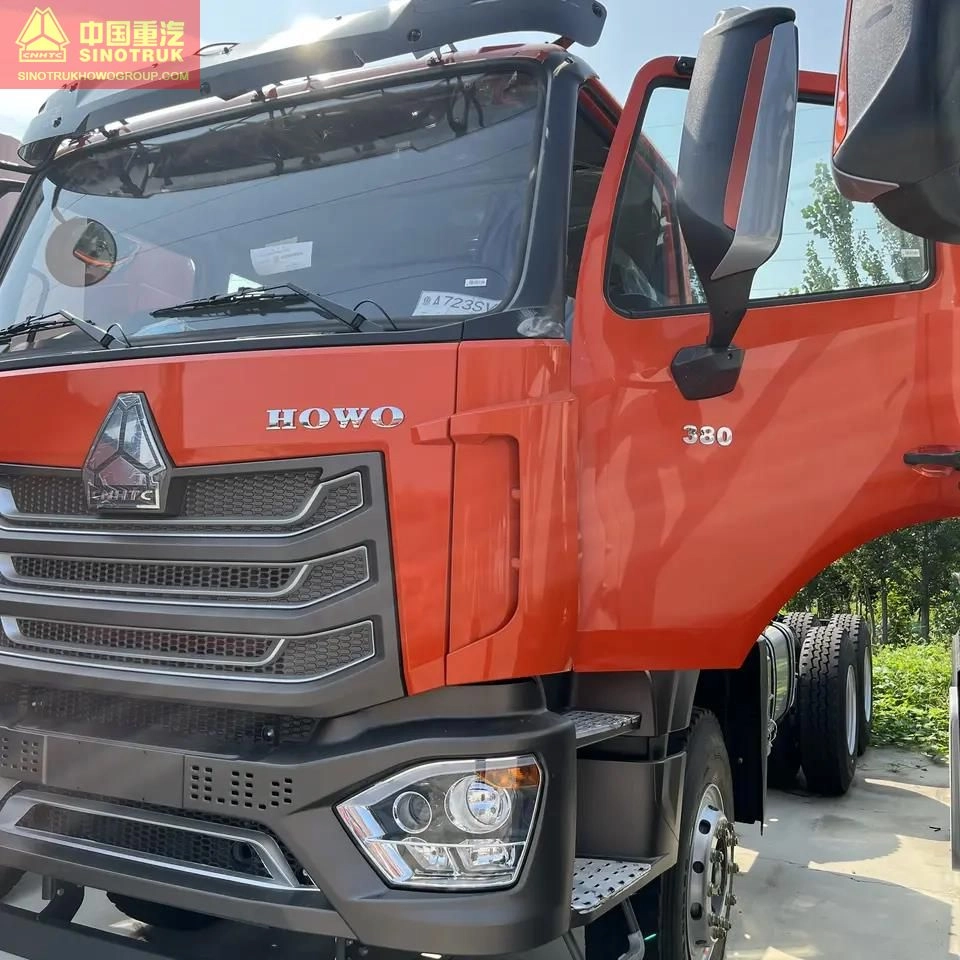
Tractor-trailers, commonly known as semi-trucks, are the backbone of the logistics industry, transporting goods across vast distances. A key factor that influences their operational efficiency is their fuel capacity. This article delves into the intricacies of semi-truck fuel tanks, their sizes, and how they impact the truck's range and performance.
The Variability in Fuel Tank Sizes
Semi-truck fuel capacity can vary significantly, ranging from 150 to 300 gallons or even more, depending on the make, model, and specific requirements of the vehicle. For instance, a standard Class 8 truck like a Freightliner Cascadia might have a fuel tank capacity around 150 gallons, while a long-haul Peterbilt 579 could have a larger capacity of up to 300 gallons. This variance is designed to accommodate different driving needs, with larger tanks enabling longer distances between fuel stops.
The Importance of Fuel Efficiency
With diesel prices fluctuating and environmental concerns on the rise, fuel efficiency is a crucial consideration. Modern semi-trucks, like the Volvo VNL, come equipped with advanced technologies that optimize fuel consumption. the size of the fuel tank also plays a role. A larger capacity allows for fewer stops, saving time and potentially reducing fuel waste due to idling at filling stations.
Calculating Mileage and Range
Understanding the fuel efficiency of your truck is essential to estimating its range. A semi-truck averaging 6 miles per gallon (mpg) with a 300-gallon tank can theoretically travel up to 1,800 miles before needing a refill. factors like load weight, road conditions, and driving habits can significantly impact this calculation.
Strategies for Optimal Fuel Management
Managing fuel consumption effectively is vital for cost control. Fleet operators often employ strategies like route planning, speed optimization, and regular maintenance to enhance fuel efficiency. Some advanced models, like the Tesla Semi, offer electric alternatives, promising even greater efficiency and reduced operational costs.
Balancing Capacity and Efficiency
In the world of semi-trucks, fuel capacity is a balancing act between operational needs and efficiency. Larger tanks can extend range but come with added weight, potentially impacting fuel economy. On the other hand, smaller tanks require more frequent refueling but could be more fuel-efficient in the long run. Ultimately, the ideal fuel capacity depends on the specific demands of the job, the truck's technology, and the driver's strategies for optimizing fuel use.
Understanding the nuances of semi-truck fuel capacity is a critical aspect of fleet management and can significantly impact a trucking company's bottom line. By making informed decisions about fuel tank size and adopting efficient driving practices, operators can minimize downtime, reduce costs, and contribute to a more sustainable transport industry.

